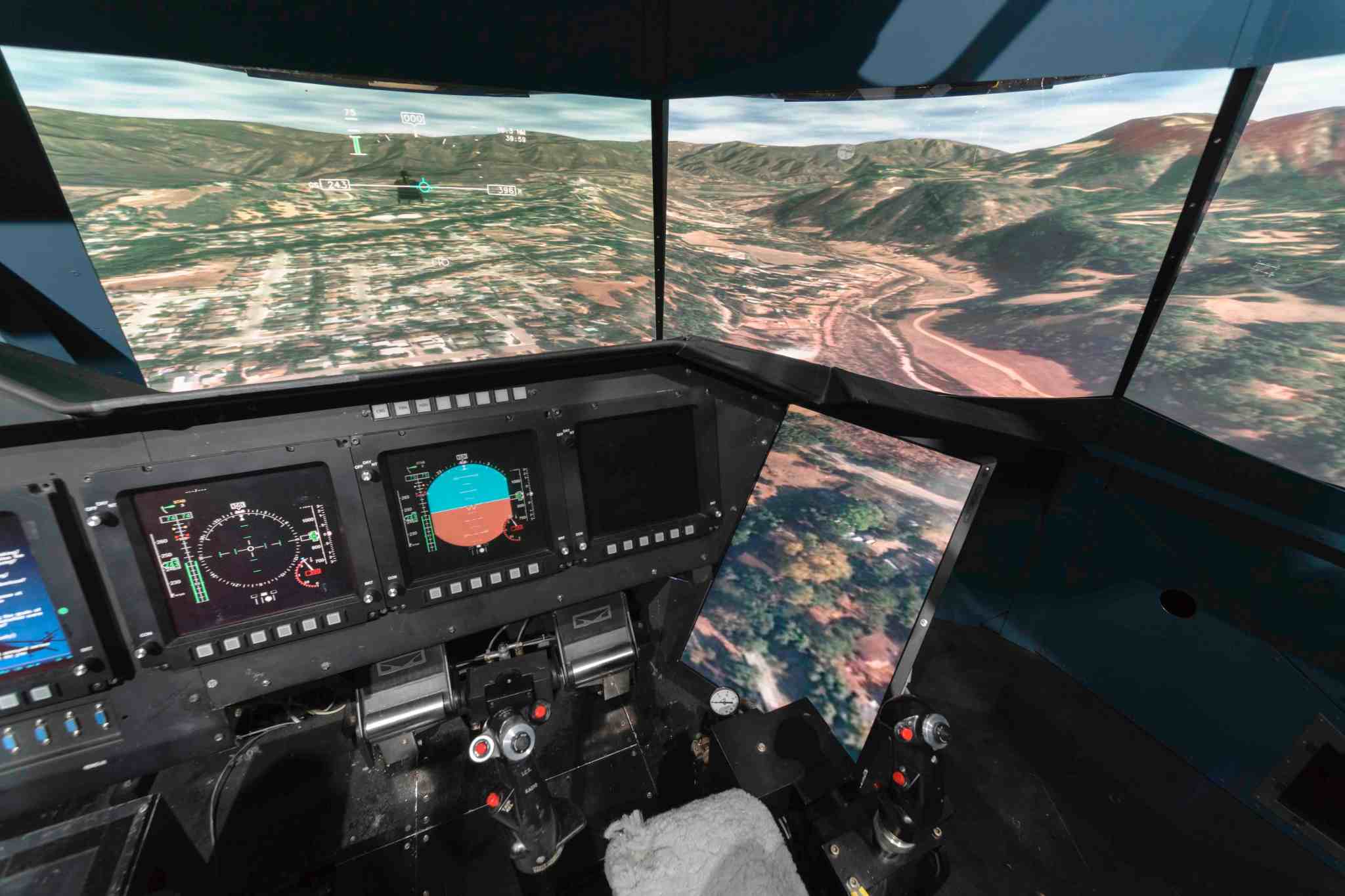The unique capabilities of the Vertical Motion Simulator (VMS) were utilized for testing new Future Vertical Lift (FVL) designs. Learn more about the VMS: Vertical Motion Simulator at NASA Ames Research Center.
Almost 45 years ago, the workhorse of the United States Army, the UH-60 Black Hawk helicopter, took its first flight and has been in service since. With over 50 variations, the Black Hawk has proven to be perhaps the most well-rounded rotorcraft vehicle in history and its flexibility enabled the platform to remain technologically competitive over the years. The AH-64 Apache and CH-47 Chinook follow similar narratives, however over five-plus decades since the inception of these aircraft, considerable advances in airframe designs resulting in higher aerodynamic efficiency, range, speed, and adaptability has made it difficult for these Cold War era platforms to compete with 21st century Future Vertical Lift (FVL) designs.
NASA Ames Research Center’s Aviation Systems Division collaborated with the U.S. Army’s Aviation and Missile Research Development and Engineering Center (AMRDEC) and the U.S. Army’s Training and Doctrine Command’s (TRADOC) FVL Operational Concept Team (OCT) to explore how FVL en-route speeds and long-range requirements affect low speed maneuverability and agility. The investigation focused on two FVL aircraft, a coaxial design and a tiltrotor design, to compare with the conventional UH-60 Black Hawk helicopter.
Beginning in mid-February 2018, a six-week simulation was conducted at the NASA Ames Vertical Motion Simulator (VMS) utilizing these two new FVL aircraft math models in addition to a conventional UH-60 Black Hawk helicopter as a baseline. The handling qualities of all three aircraft, flying precision tasks, were investigated the first two weeks. In the remaining weeks, the three aircraft flew operationally relevant full mission tasks in simulation. A total of 24 pilots, from four branches of the military, flew a total of 1825 data runs over the six-week period that will be used to evaluate the performance capability of each design. (POC: Steve Beard)



























